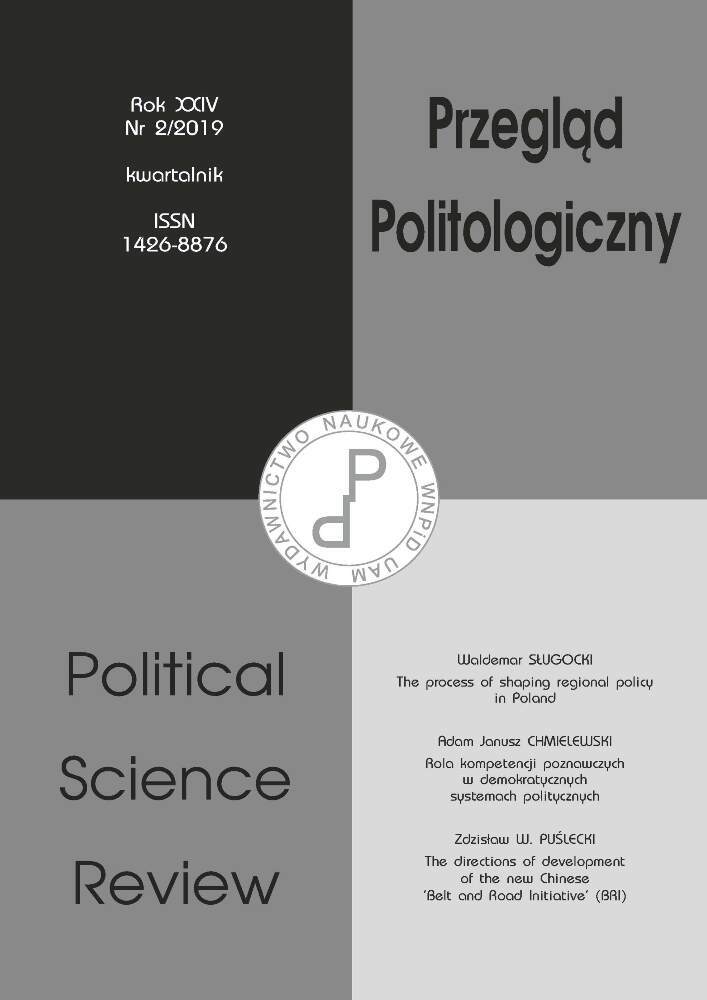Abstract
The region represents a great opportunity to research the common security challenges of Central Asian countries, which require regional cooperation. Security issues connected with vulnerability of Central Asian countries into natural hazards and complex emergencies (that may derive from territorial disputes, ethnic violence, drug trafficking, combating against terrorism and extremism) equally proves that regional cooperation is necessary to solve common problems. Moreover, from cultural and traditional context, Central Asia has shared common past and heritage which would serve as driving force for regional integration process. When Soviet Union collapsed most scholars argued that the region finally would develop independent. However, historical analysis of the post-Soviet period shows that geopolitical interest of world powers did not disappear. To some extent historical overlords of Central Asia (Russia and China) regained their geopolitical position through creating economic and military institutions with the participation of Central Asian countries. In this respect, this research paper focuses on analysis of interplay between China and Russia in Post-Soviet Central Asia, their role of regional stability and economic growth. Finally, paper also considers important to investigate the role of USA and the EU for Central Asia region, including where the EU and USA can have more space for cooperation.
References
Aris S. (2013), Shanghai Cooperation Organization MAPPING MULTILATERALISM IN TRANSITION NO. 2, International Peace Institute, New York.
Boland J. (2011), Ten Years of the Shanghai Cooperation Organization: A Lost Decade? A Partner for the United States?, Brooings Institution, Washington DC.
Imanaliev M., Geographical threat – what is the future of Afghanistan and its impact to neighboring countries, International Valdai discussion club, translated from Russian into English.
Marantidou V., Cossa R. A., China’s and Russia’s Great Game in Central Asia, http://nationalinterest.org/blog/the-buzz/china-russias-great-game-central-asia-11385?page=2, October 15, 2017.
Olcott Martha Brill (2007), Democracy Promotion in Central Asia: From High Expectations to Disillusionment, Carnegie Endowment for International Peace, Presented at CORE Workshop on Democratization in Central Asia, Hamburg, Germany.
Richard Weitz on new and old security challenges in Central Asia, http://kabar.kg/eng/news/dr-richardweitz-on-security-in-central-asia-and-its-new-old-challenges/, November 10, 2017.
Starr F. (2006), Clans Authoritarian rulers and Parliaments in Central Asia, Central Asia Caucasus Institute, John Hopkins University, SAIS.
The EU report (2016), The EU in Central Asia: Regional context, The EU policy department.
Wilson W. T., China’s Huge ‘One Belt, One Road’ Initiative Is Sweeping Central Asia, the heritage Foundation.
Xinhua, Xi proposes a ‘new Silk Road’ with Central Asia, 8 September 2013, www.chinadaily.com.cn/sunday/2013-09/08/ content_16952160.htm.
Internet sources:
“Deutsche Welle”, Why Central Asia is increasingly worried about Afghanistan, http://www.dw.com/en/why-central-asia-is-increasingly-worried-about-afghanistan/a-18826223, October 25, 2017.
http://thediplomat.com/2017/01/understanding-islamic-radicalization-in-central-asia/.

